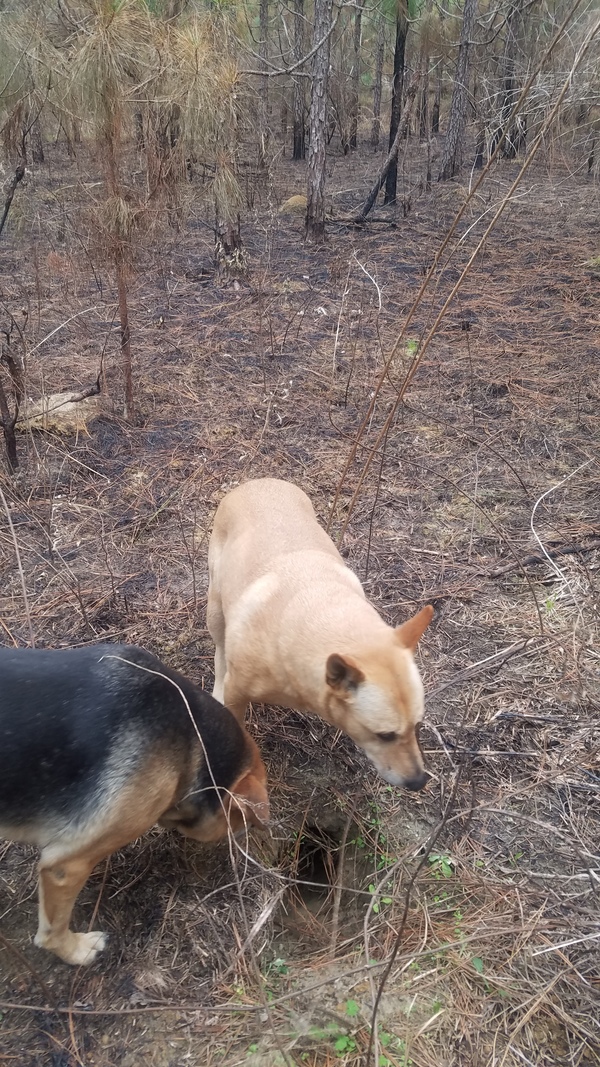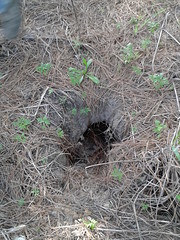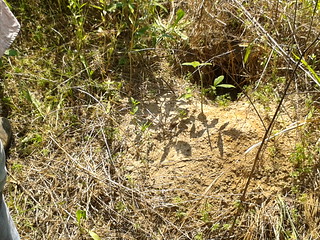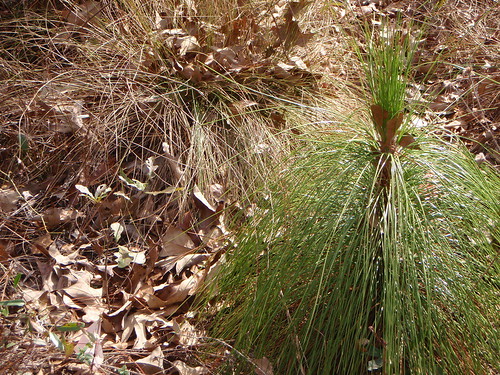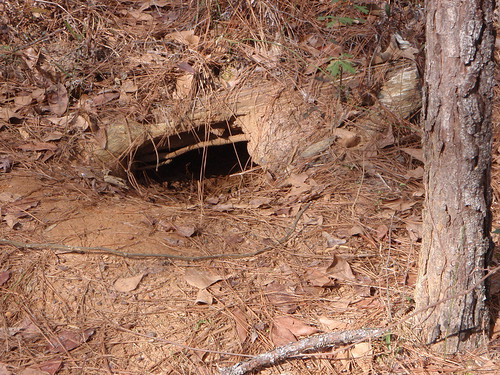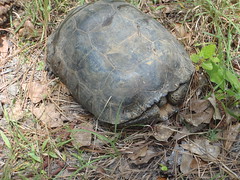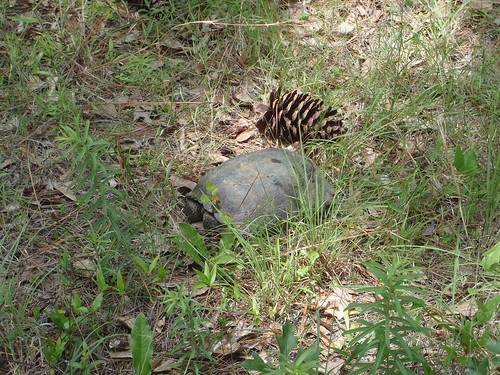This gopher tortoise was on the edge of the pavement.
![[Gopher tortoise, 2024-08-10, 10:23:19, 30.9942320, -83.2697720]](http://www.okraparadisefarms.com/pictures/2024-08-10--quarterman-road-deadfall-chainsaw/20240810_102319.jpg)
Gopher tortoise, 2024-08-10, 10:23:19, 30.9942320, -83.2697720
Since the Gopherus polyphemus was not actually crossing Quarterman Road and seemed to be in no danger, I took a picture and moved on.
As you probably know, gophers are a keystone species, whose burrows host up to 300 other species, from insects to rattlesnakes.
This was on the way to the
Neighborly morning chainsawing 2024-08-10.
http://www.okraparadisefarms.com/blog/?p=9507
-jsq
![[Gopher tortoise in the briar patch]](http://www.okraparadisefarms.com/pictures/2022-05-15--kites-gopher/20220515_121433.jpg)
![[Gopher, Nellie, Honeybun, Yellow Dog]](http://www.okraparadisefarms.com/pictures/2021-03-10--gopher-nellie/many.jpg)
